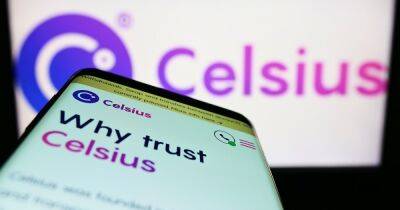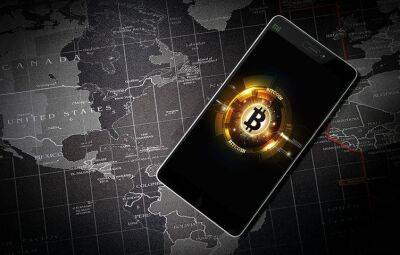Your crypto wallet is the key to your Web3 identity
Digital identity has been a fraught subject since the earliest days of the internet. Web2 bridged the gap between people’s offline lives, online identities, and creative and consumer habits, which has given way to a thoroughly integrated internet experience designed to be as personalized and targeted as possible. As a new phase of virtual interaction and digital identity appears on the horizon — one even more interconnected than Web2 — we need to rethink personalization and ownership with an eye to what did and didn’t work in the world of Web2.
While there is no blueprint for the Web3 identity procedure, we can predict the trajectory that digital identity in the metaverse will follow. This trajectory is already taking shape.
Virtually all aspects of the internet as we know it are ripe for decentralization. Chat and messaging services are private and encrypted, browsing is incognito, and transactions happen between individual bank accounts (albeit mediated by an intermediary) — all signs point to a system that is user-controlled and caters to the individual rather than to the collective.
The rise of the internet isn’t the first time we’ve seen this progression, either. The radio began as a series of AM stations, gradually expanded to include FM, and then developed satellite capabilities that provided universal access to a variety of stations. Web3 and the way identity functions within it roughly correlate to satellite radio. So, in the history of modern communication systems, the arc bends toward decentralization.
In this new space, a person’s crypto wallet will be the key to their establishing a presence in the metaverse, from serving as an entryway into games to helping them build nonfungible token (NFT) collections to
Read more on cointelegraph.com





















